Coffee-break interview: Hazel Gould
In our school newsletters we will be hearing from different freelancers and teachers to find out a little bit more about them and their experiences with ENO Engage.
This coming year, schools participating in Finish This… 2025/26 will have the choice of two composition stimulus pieces to respond to: Blue, Red, Yellow… by Omar Shahryar, and a newly commissioned piece, Plant This Seed by Elif Karlidag and Hazel Gould. Keep an eye out for more information on Finish This… 2025/26 and express your interest in taking part here.
Hazel Gould, the Librettist for Plant This Seed, spoke to us about her inspiration behind the story, and the process of writing the libretto in response to the concept and music by Composer Elif Karlidag.
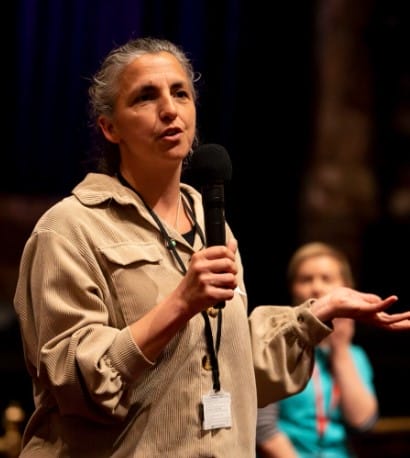
Hi Hazel! Could you tell us a little about yourself and your connection to the work of ENO Engage?
I am lucky enough to have worked on several projects with ENO Engage over the years, as both a writer and a director. A few highlights include: creating touring schools’ shows for Opera Squad, writing lullabies with ENO Breathe, and devising brand new songs with ESOL (English for speakers of other languages) students in East London. As a freelancer, you work for a lot of different organisations, and I like the challenge of a changing working life, but I feel like part of the team at ENO Engage, which is really special.
How did you become involved with Finish This…?
Elif had been chosen as the composer of Finish This…, but didn’t yet have a librettist. I had met Elif before, she knew my work and felt I would be a good fit. I was delighted when ENO asked me to join the team.
Can you tell us a bit about your initial response to Elif’s brief and concept for Plant This Seed?
Two aspects of Elif’s initial concept leaped out to me as interesting areas to explore. I liked the idea of thinking about the environment, and I was intrigued by the possibilities for a magical element to this story.
It was important to me to find a way to discuss the environment and the climate crisis in a way that holds on to an element of hope. From the outset, we all agreed that we wanted the invitation for the composition to be about hope, rather than destruction.
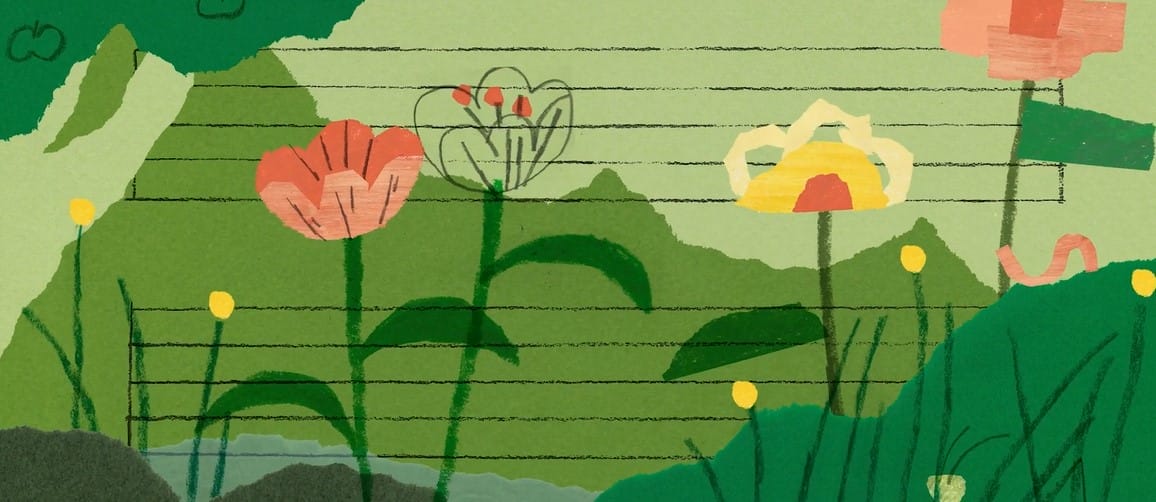
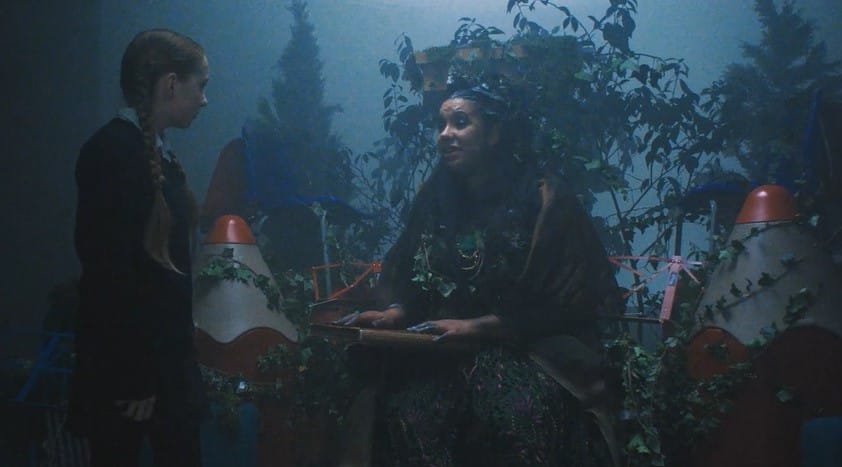
Can you tell us about the process of creating the story and libretto, and how these help to tell the story?
On every project there are parameters, to do with performers, space, length of piece etc., so I begin by defining these parameters, before I can do any creative work. From the beginning, I knew that there would be a Mother Nature character, a bird, and a child. There would be 3 longer sections of music which would be animated, and I needed to create the world around them.
As a librettist, the most important part of my job is creating a structure in which the music can flourish. The words that people sing come second to the overall narrative structure, so I start by imagining the story. I wanted to make sure that each of the three musical sections had a distinct purpose and different feel, and I thought about A Christmas Carol, and the 3 Ghosts of Christmas past, present and future. I decided to borrow that structure – I think it’s a good one!
At first, the story was going to take place in the London Coliseum, but I felt that, in order for the magical element to really take off, we had to ground ourselves in something totally ordinary – and it felt more realistic for a child to be wandering around a school. I was also interested in the slightly eerie feeling of being in school after hours, like being backstage for the school play, or at parent’s evening. Once I was thinking about that school environment, I wondered why a child would be in school alone, and decided it was probably because she forgot something and had to go back, which led me to ask what kind of person she might be, and decide that she’s probably a forgetful and dreamy type of character. So each decision or question leads to another, and from there the environment begins to flesh out. The text itself comes right at the end of the process for me.
There’s also a film to accompany the piece. What was it like creating this?
I found making the film really fun. It’s a very different process to working on a live piece: there’s a big team of people, all with specific technical roles, and lots of planning so that each shot has everything it needs. Nothing can be left to chance or fixed later down the line, which feels very different to the rehearsal room culture that I’m used to. Not that we don’t plan ahead in the opera, but there is much more time and space to allow things to grow and change. In the filming process, most of that thinking was done in advance so that the filming days were super-efficient. That said, there was a lot of laughter and fun, the performers were brilliant. I especially enjoyed filming the scene in the playground with the fantastic extras from our host school!
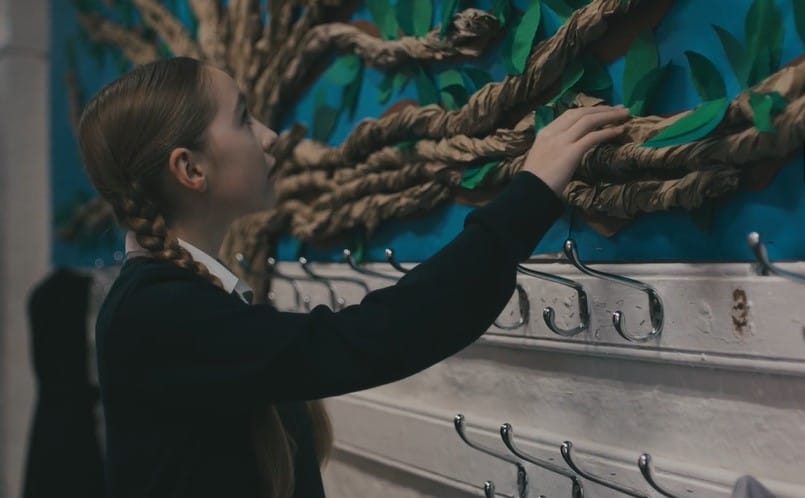
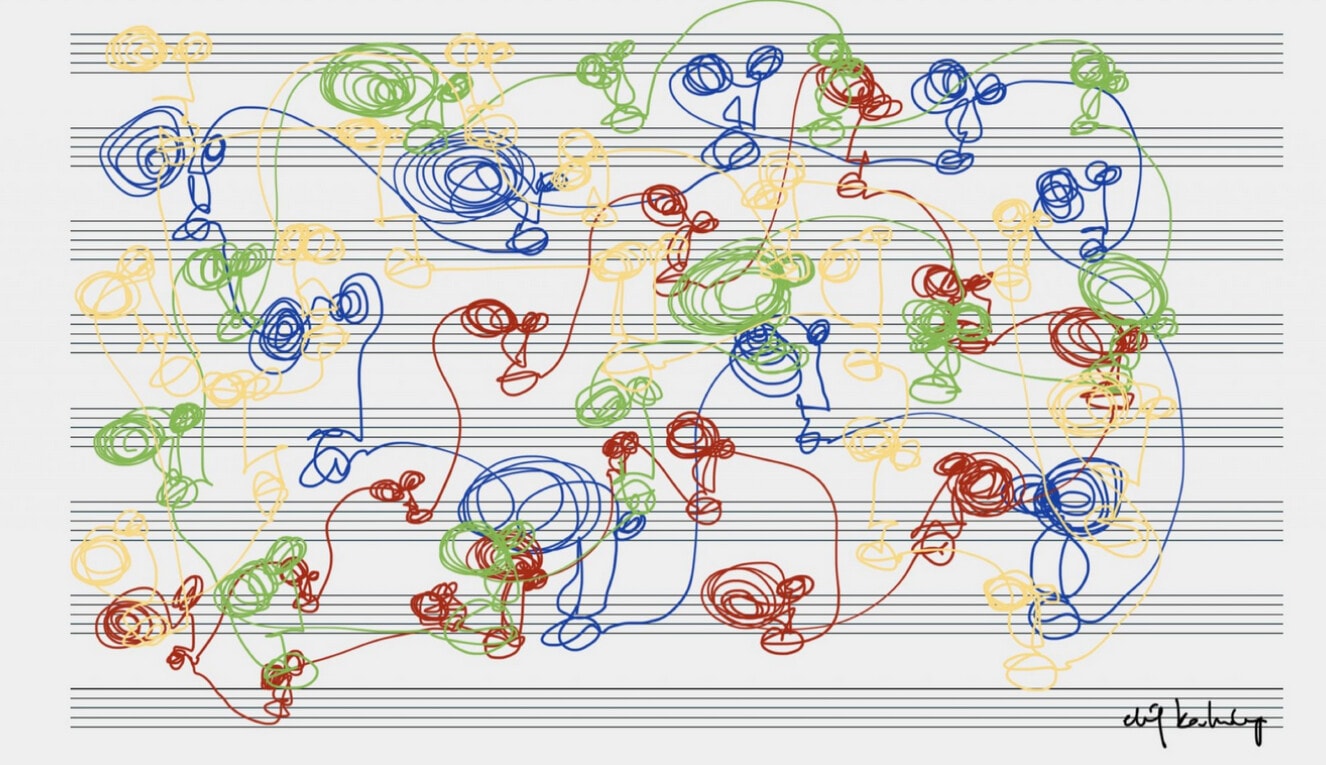
Plant This Seed was written in collaboration with Composer Elif Karlidag. Can you tell us a bit about your process of writing the piece together?
Usually in opera, the libretto comes first, and then the composer writes the music using the text – which is slightly different to other genres. I like to have plenty of back and forth with composers, and Elif and I definitely talked a lot about structure and characters before I wrote anything.
In the three longer sections, Elif was interested in musical texture and colour, and so writing long full sentences didn’t feel appropriate. It was really liberating to create text which was based mainly on the sound and feel of words as almost percussive elements.
I knew that Elif was writing for non-western instruments, and other than the tabla, I hadn’t heard of them, so I didn’t have a preconception of the kind of soundworld she was going to create. When I attended the orchestral rehearsal last Spring, I was totally blown away by the Satsuma Biwa and Fujara. I loved meeting all three players, and hearing how they worked together with the orchestra, under Elif’s guidance. It was incredibly exciting and introduced me to something new.
Finish This… involves artists and teachers working together to create an opera-inspired scheme of work that supports teachers to facilitate whole-class composition, and develops pupils’ listening, composition and creative skills. What attracts you to working on education projects like Finish This… and why are they important?
I think for any organisation, and indeed any artform, to grow and thrive and adapt to the times, we have to have meaningful contact with a vast range of the people with whom we share a cultural landscape. Without being in conversation with the wider world around us, we risk making a museum piece of ourselves.
Working alongside passionate, driven and creative teachers to make space for opera in the classroom is a really exciting way to make these connections.
For me, opera as an artform is a great way to facilitate composition, because we are dealing with stories. When there is a Where and Why and Who to a song or piece of music, then there is so much drive for creativity. It comes back to the parameters I was talking about earlier – a blank sheet of paper can be terrifying – it’s hard to know what to write – but story and character gives us reason and purpose, and the imagination can flourish. “Limitation = Stimulation” is a phrase I learned at university, and I still sign up to it now!
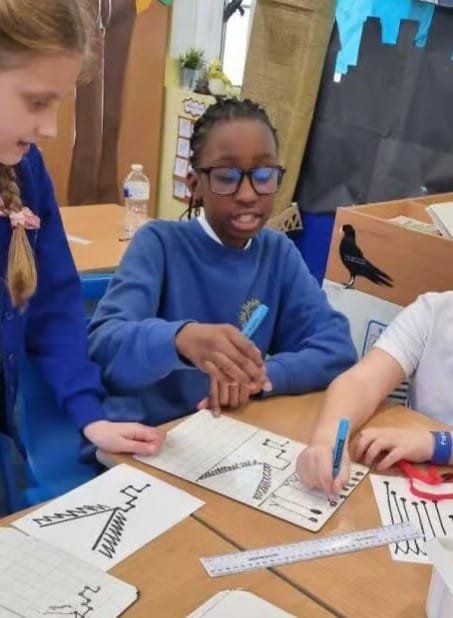
And finally… what’s your favourite opera?!
Without a doubt, Mozart’s The Marriage of Figaro.
It’s genuinely very funny – the characters are rich and complicated – and even though it was written nearly 250 years ago, the situations the characters find themselves in and the way they react to them feel like exactly the kind of problems that people still have every day. It’s a very human opera.
Also, the music is brilliant. Just one great tune after another. I love it!
Video

